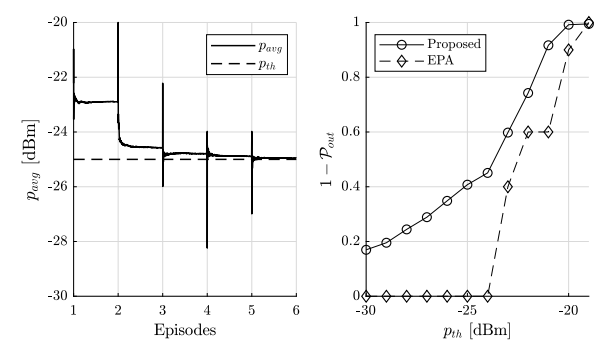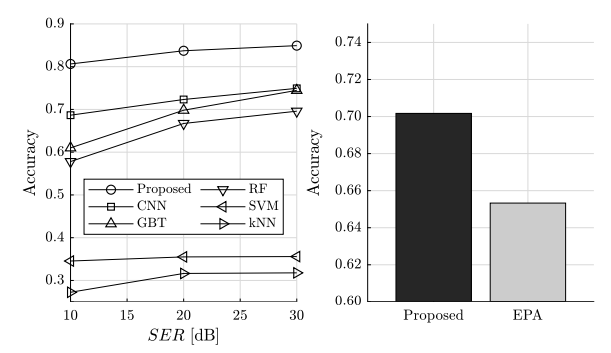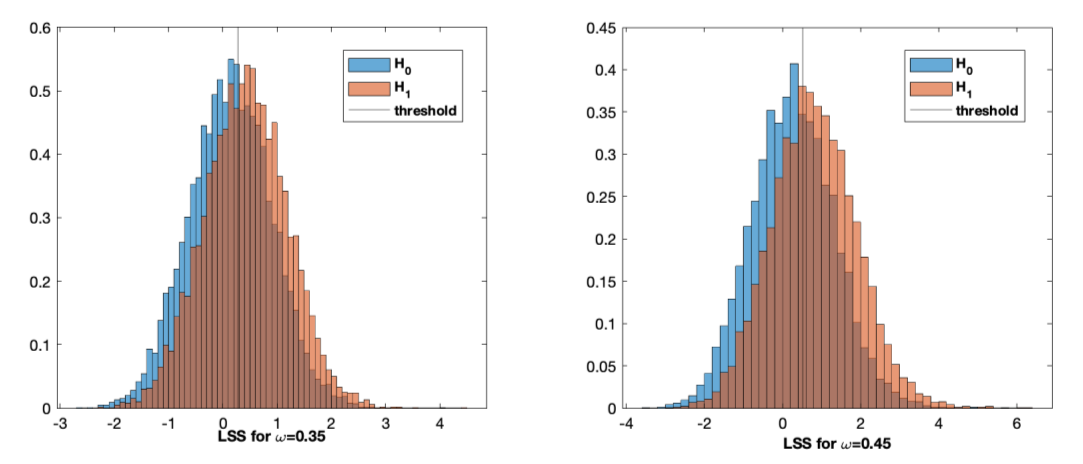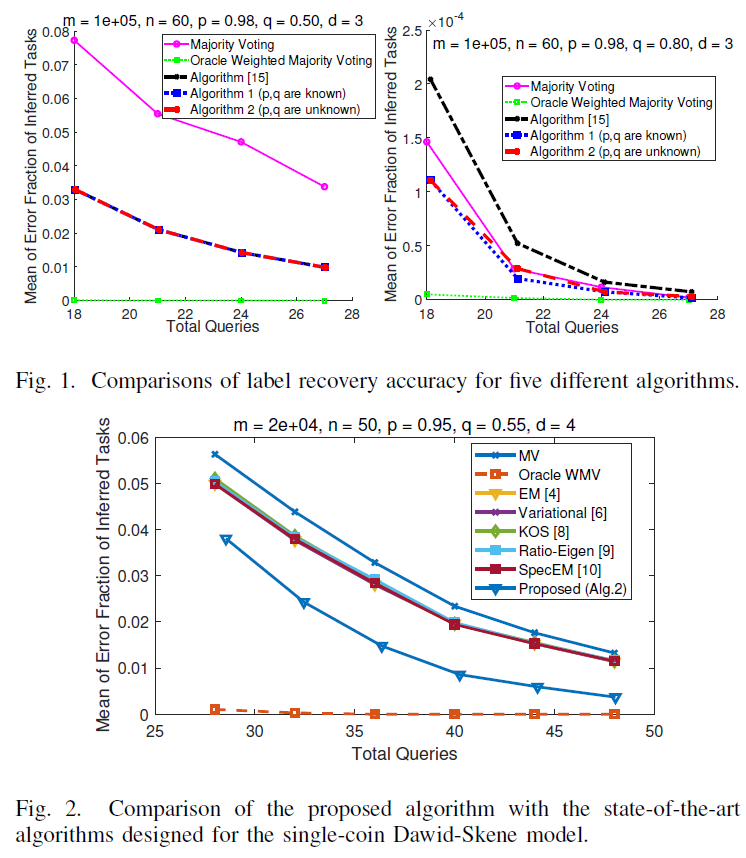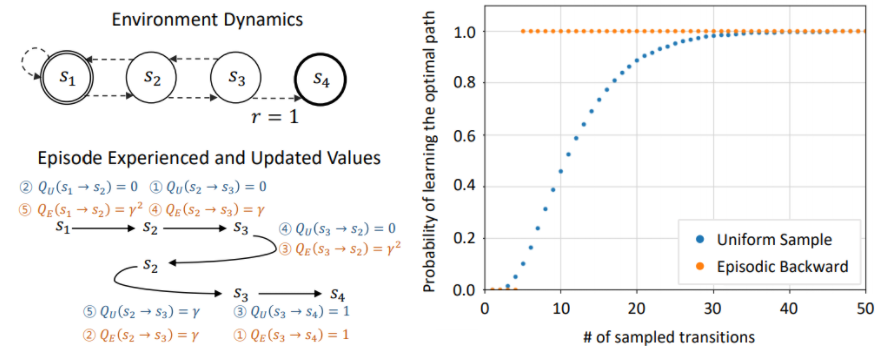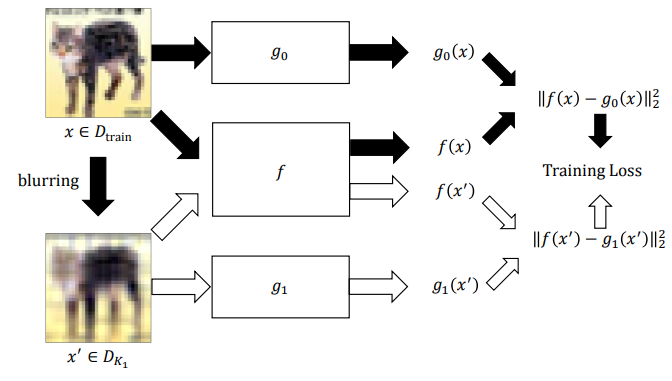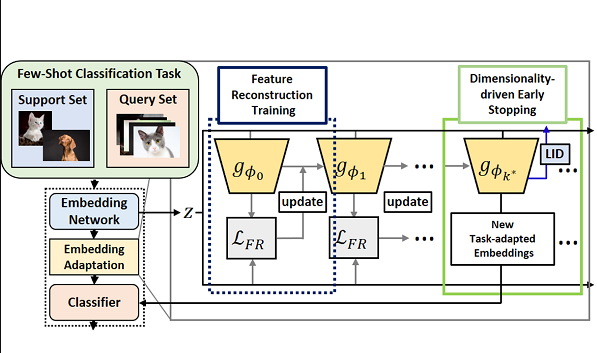Abstract
We tackle a novel few-shot learning challenge, which we call few-shot semantic edge detection, aiming to localize crisp boundaries of novel categories using only a few labeled samples. We also present a Class-Agnostic Few-shot Edge detection Network (CAFENet) based on meta-learning strategy. CAFENet employs a semantic segmentation module in small-scale to compensate for lack of semantic information in edge labels. The predicted segmentation mask is used to generate an attention map to highlight the target object region, and make the decoder module concentrate on that region. We also propose a new regularization method based on multi-split matching. In meta-training, the metric-learning problem with high-dimensional vectors are divided into small subproblems with low-dimensional sub-vectors. Since there is no existing dataset for few-shot semantic edge detection, we construct two new datasets, FSE-1000 and SBD-5 i , and evaluate the performance of the proposed CAFENet on them. Extensive simulation results confirm the performance merits of the techniques adopted in CAFENet.

Abstract
This paper considers wireless communication system consisted of one transmitter, one legitimate receiver, and one eavesdropper. The transmitter transmits perturbation-added signal (i.e. adversarial example) with a certain modulation type, while the legitimate receiver and the eavesdropper adopt deep neural networks (DNN)-based classifier to recognize the modulation type of the received signal. Compared to the fact that the general goal of adversarial examples being a misclassification of all available classifiers, our objective is to design an adversarial example that lets the legitimate receiver classify accurately while the eavesdropper misclassifies. To this end, we propose two design approaches of the adversarial examples: (i) A priori; (ii) A posteriori, i.e. before and after learning steps of the receiver, respectively. Numerical results show that both approaches are effective for securing the communication link. The Korean Institute of Communications and Information Sciences (KICS). Publishing services by Elsevier B.V. This is an open access article under the CC BY-NC-ND license (http://creativecommons.org/licenses/by-nc-nd/4.0/).

Authors : Sangseok Yun, Jae-Mo Kang, Jeongseok Ha, Sangho Lee, Dong-Woo Ryu, Jihoe Kwon and Il-Min Kim
Journal : IEEE Transactions on Geoscience and Remote Sensing Letters (published: March 2021)
This letter studies deep learning-based efficient ground vibration monitoring systems. In this work, artificial intelligence (AI) techniques are adopted to effectively deal with practical issues of data collection and classification. Specifically, we develop a novel energy-efficient data collection scheme by adopting deep Q-network-based reinforcement learning. Also, we propose an enhanced joint recurrent neural network (RNN) and convolutional neural network (CNN) approach for ground vibration classification. The performance of the proposed scheme is evaluated using real-world ground vibration data. The experimental results show that the proposed classification scheme outperforms the best existing scheme with CNN by more than 13% in terms of classification accuracy. It is also shown that the proposed energy management scheme can improve the accuracy of the proposed ground vibration monitoring system by 7.6% over the comparable scheme using equal power allocation.
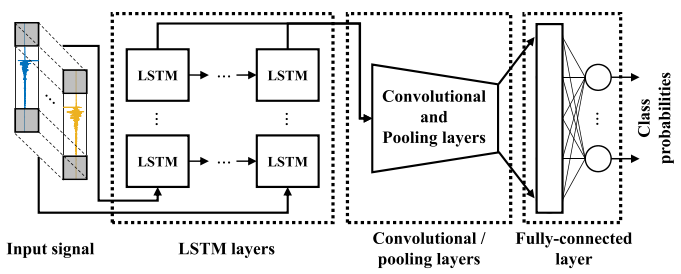
Fig. 1 Structure of the proposed ground vibration classification scheme.
Fig. 2. Performance of the proposed deep reinforcement learning-based energy management scheme.
Fig. 3. Performances of the proposed ground vibration classification scheme and the end-to-end ground vibration monitoring system.
Author: Ji Hyung Jung, Hye Won Chung, Ji Oon Lee
Conference and Year: ICML 2021
Keywords: Signal detection, Spiked Rectangular Model
We consider the problem of detecting signals in the rank-one signal-plus-noise data matrix models that generalize the spiked Wishart matrices. We show that the principal component analysis can be improved by pre-transforming the matrix entries if the noise is non-Gaussian. As an intermediate step, we prove a sharp phase transition of the largest eigenvalues of spiked rectangular matrices, which extends the BBP transition. We also propose a hypothesis test to detect the presence of signal with low computational complexity, based on the linear spectral statistics, which minimizes the sum of the Type-I and Type-II errors when the noise is Gaussian.
Figure1: We compare the reconstruction performance of the proposed PCA (top lines) and the standard PCA (bottom lines) for two FashionMNIST images, with the number of measurements N = [3136, 1568, 784, 588, 392] where the data dimension is M = 784. The left most column displays the original images for comparison.
Figure2: The histograms of the test statistic under null hypothesis H0 and alternative hypothesis H1, respectively, for the Gaussian noise with SNR ω = 0.35 and ω = 0.45. It can be shown that the difference of the means of the test statistic under H0 and H1 is larger for ω = 0.45.
Author: Doyeon Kim and Hye Won Chung
Conference and Year: IEEE International Symposium on Information Theory (ISIT), 2021.
We consider crowdsourced labeling under a d-type worker-task specialization model, where each worker and task is associated with one particular type among a finite set of types and a worker provides a more reliable answer to tasks of the matched type than to tasks of unmatched types. We design an inference algorithm that recovers binary task labels (up to any given recovery accuracy) by using worker clustering, worker skill estimation and weighted majority voting. The designed inference algorithm does not require any information about worker/task types, and achieves any targeted recovery accuracy with the best known performance (minimum number of queries per task).
Daesung Kim and Hye Won Chung
IEEE Transactions on Information Theory
We consider a query-based data acquisition problem for binary classification of unknown labels, which has diverse applications in communications, crowdsourcing, recommender systems and active learning. To ensure reliable recovery of unknown labels with as few number of queries as possible, we consider an effective query type that asks “group attribute” of a chosen subset of objects. In particular, we consider the problem of classifying m binary labels with XOR queries that ask whether the number of objects having a given attribute in the chosen subset of size d is even or odd. The subset size d, which we call query degree, can be varying over queries. We consider a general noise model where the accuracy of answers on queries changes depending both on the worker (the data provider) and query degree d. For this general model, we characterize the information-theoretic limit on the optimal number of queries to reliably recover m labels in terms of a given combination of degree-d queries and noise parameters. Further, we propose an efficient inference algorithm that achieves this limit even when the noise parameters are unknown.
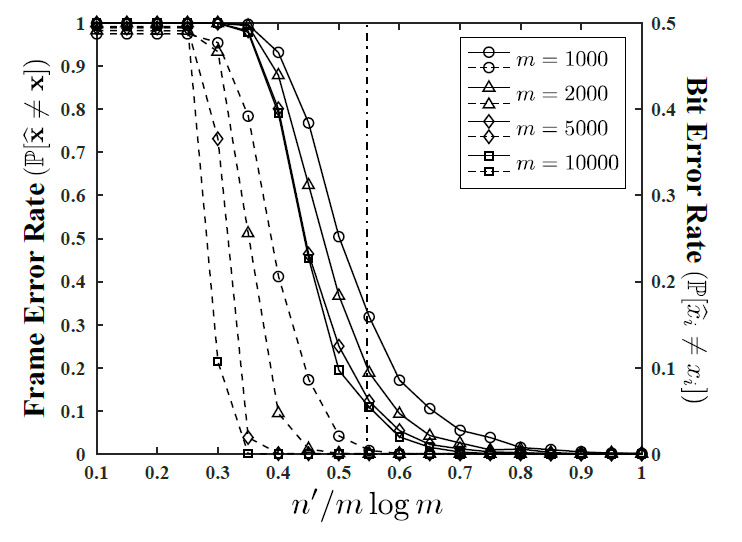
Figure 1. Frame error rate, and bit error rate of the proposed algorithm vs. number of queries for four different values of m.
Suyoung Lee, Sungik Choi and Sae-Young Chung
We propose Episodic Backward Update (EBU) – a novel deep reinforcement learning algorithm with a direct value propagation. In contrast to the conventional use of the experience replay with uniform random sampling, our agent samples a whole episode and successively propagates the value of a state to its previous states. Our computationally efficient recursive algorithm allows sparse and delayed rewards to propagate directly through all transitions of the sampled episode. We theoretically prove the convergence of the EBU method and experimentally demonstrate its performance in both deterministic and stochastic environments. Especially in 49 games of Atari 2600 domain, EBU achieves the same mean and median human normalized performance of DQN by using only 5% and 10% of samples, respectively.
Jisoo Lee and Sae-Young Chung
Since deep neural networks are over-parameterized, they can memorize noisy examples. We address such memorizing issue in the presence of annotation noise. From the fact that deep neural networks cannot generalize neighborhoods of the features acquired via memorization, we hypothesize that noisy examples do not consistently incur small losses on the network under a certain perturbation. Based on this, we propose a novel training method called Learning with Ensemble Consensus (LEC) that prevents overfitting noisy examples by eliminating them using the consensus of an ensemble of perturbed networks. One of the proposed LECs, LTEC outperforms the current state-of-the-art methods on noisy MNIST, CIFAR-10, and CIFAR-100 in an efficient manner.
Sungik Choi and Sae-Young Chung
Conventional out-of-distribution (OOD) detection schemes based on variational autoencoder or Random Network Distillation (RND) are known to assign lower uncertainty to the OOD data than the target distribution. In this work, we discover that such conventional novelty detection schemes are also vulnerable to the blurred images. Based on the observation, we construct a novel RND-based OOD detector, SVD-RND, that utilizes blurred images during training. Our detector is simple, efficient in test time, and outperforms baseline OOD detectors in various domains. Further results show that SVD-RND learns a better target distribution representation than the baselines. Finally, SVD-RND combined with geometric transform achieves near-perfect detection accuracy in CelebA domain.
We propose unsupervised embedding adaptation for the downstream few-shot classification task.
Based on findings that deep neural networks learn to generalize before memorizing, we develop Early-Stage Feature Reconstruction (ESFR) — a novel adaptation scheme with feature reconstruction and dimensionality-driven early stopping that finds generalizable features.
Incorporating ESFR consistently improves the performance of baseline methods on all standard settings, including the recently proposed transductive method.
ESFR used in conjunction with the transductive method further achieves state-of-the-art performance on mini-ImageNet, tiered-ImageNet, and CUB; especially with 1.2%~2.0% improvements in accuracy over the previous best performing method on 1-shot setting.



